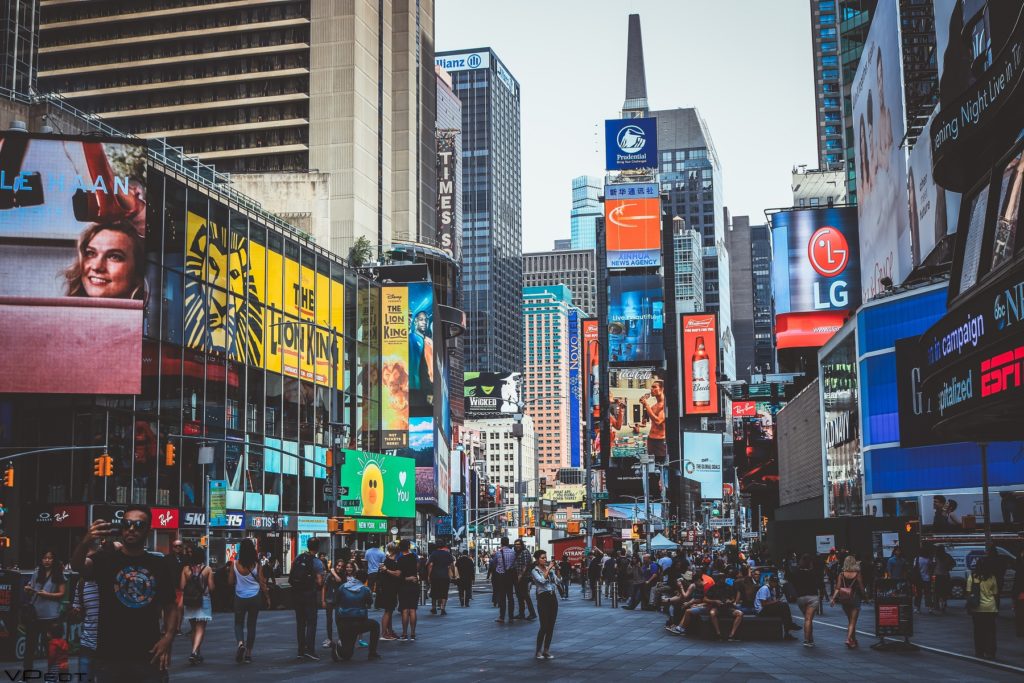
New York City is a top destination for tourists from across the country and around the globe. The city offers a vast array of things to do, is the location of some of the world’s finest restaurants, and offers Broadway shows, world-class museums, and Central Park, to name just a few places. Tourists love New York. As reported by the New York Times, a record 65 million people visited the city in a recent year.
Many people who visit the city don’t consider what they would do if an accident occurs. But we do.
Transportation Dangers
Driving in New York is challenging at the best of times. Many tourists choose to take an alternative form of transportation: walking, taking the subway, riding a bicycle, taking a taxi, or ridesharing. But these forms of transportation come with risks, particularly in the heart of NYC.
As reported by Streetsblog NYC, cyclist injuries and fatalities are at an all-time high, up a staggering 20% over the previous year. Nineteen cyclists, pedestrians, and motorcyclists died in just a 28-day period, with 14,538 car collisions during the same period.
Slip-and-Fall Dangers
Seeing the main attractions in New York City requires a lot of walking, both in arriving at your destination and once there, viewing the sights. Some of the most popular places for tourists to visit include:
- The Metropolitan Museum
- The Guggenheim
- Central Park
- Times Square
- Statue of Liberty
- The Empire State Building
- Rockefeller Center
- The 9/11 Memorial
- Brooklyn Bridge
- Grand Central Station
- New York Botanical Garden
A fall can occur anywhere, including on city sidewalks, which may be in poor repair. Tourists who suffer a fall can be seriously injured by a brain injury, broken bones, or spinal cord injury. According to the CDC (Centers for Disease Control and Prevention), accidental falls are the leading cause of injury-related deaths for people 65 and older. Nationwide, about 30,000 older adults died as the result of a fall in a recent year.
Most Common Tourist Injuries
According to Global Guardian Air Ambulance, the most common injuries to tourists are as follows:
- Traffic Accidents: In New York City, the risks are exceptionally high.
- Tripping or Falling: No matter where you are, under certain conditions, a trip or slip can easily occur, with devastating consequences.
- Heatstroke or Dehydration: Ensure you stay hydrated while visiting New York City, particularly during the sweltering summer season.
- Sports Injuries: Cycling is the most common outdoor sport tourists choose, and they may not realize the road hazards until it is too late.
A serious injury will require hospitalization in one of the area’s medical centers. Each hospital is different in what it provides, and a person from out of town may not have been transported to the best hospital for the type of injury he or she sustained. You need guidance from a local attorney who is familiar with local medical providers. And that’s us.
Tourist Personal Injury Claims in NYC
At Wingate, Russotti, Shapiro, Moses & Halperin, LLP, our legal professionals offer free case consultations to tourists and residents alike. It is important that your case be handled correctly, and only a law firm admitted to practice in New York can represent you in New York court. As trial lawyers with a long track record of positive case results, our team at WRSMH knows what to do. Let’s show you.
A 59-year-old woman tripped and fell on a cracked sidewalk in Times Square while visiting NYC. She broke her hip and required surgery, and the defendants in the case tried to claim the sidewalk was safe and the victim had been drinking. We represented her and obtained a settlement of $390,000 as we were gearing up for trial.
When we take on a case of serious injury, we do all we can to make your experience less stressful. You can remain where you live, rather than make multiple journeys back to New York, and we’ll keep you updated on the status of your case. Call us at (212) 986-7353 today to set up a free consultation.